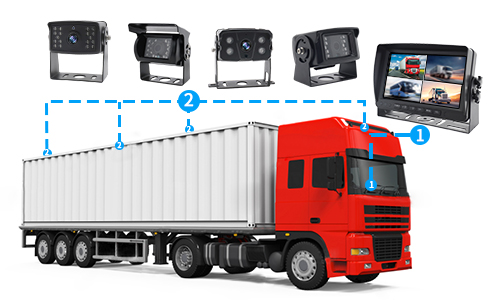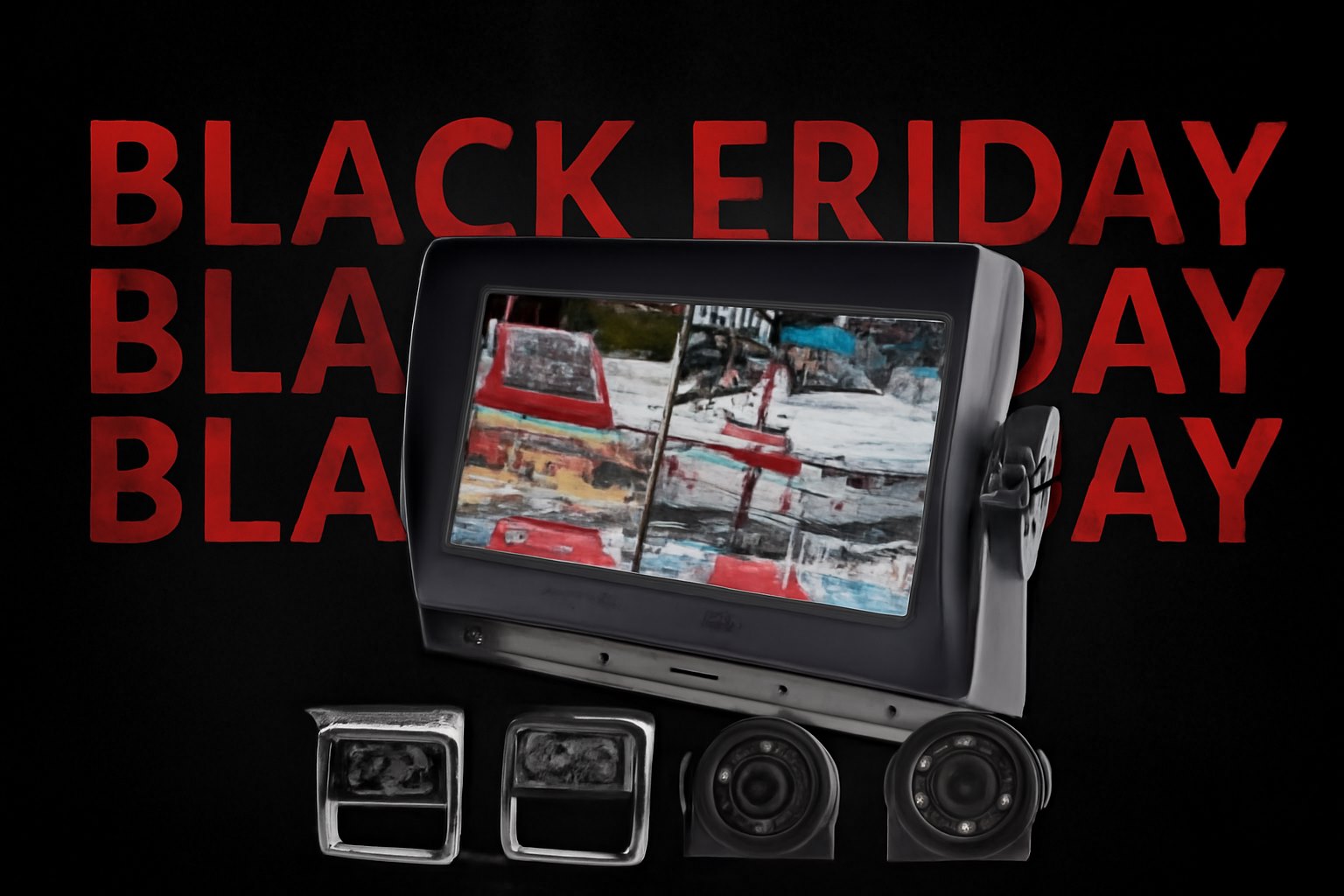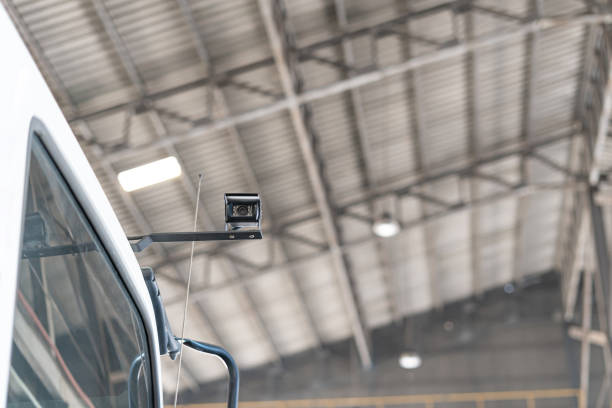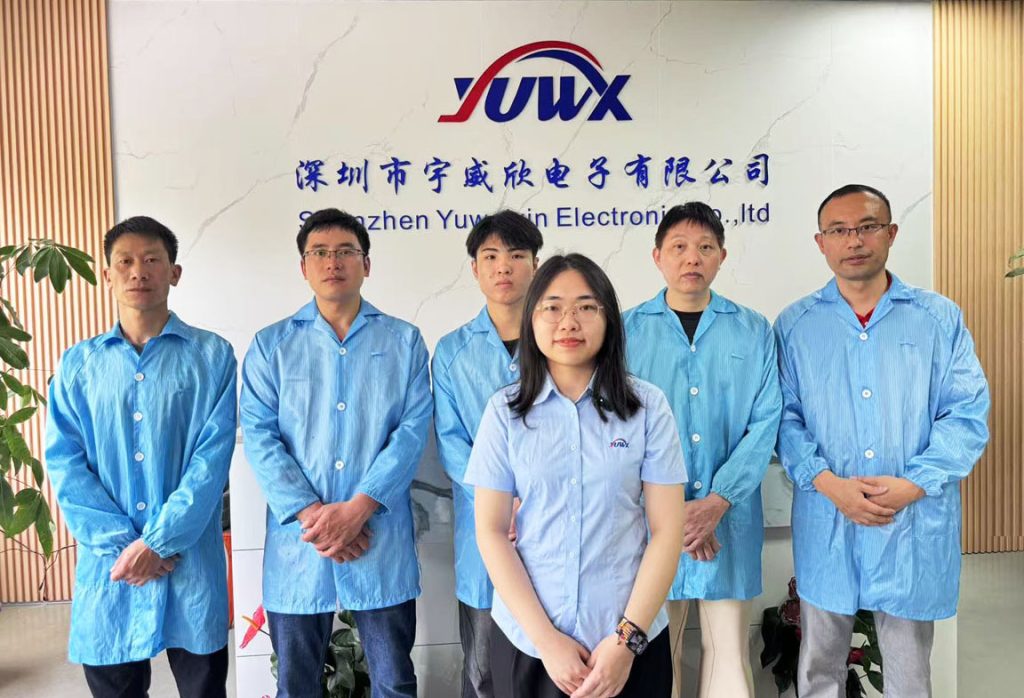Understanding Environmental Challenges for Car Monitors
TFT LCD car monitors are crucial components in modern security vehicles, where stability and visibility directly affect mission success. These monitors not only display real-time footage from surveillance cameras but also support navigation, communication, and situational awareness. However, such vehicles often operate in harsh conditions involving temperature extremes and continuous vibration. Consequently, understanding how temperature and vibration resistance influence TFT LCD car monitors becomes fundamental to ensuring reliable performance under these demanding environments.
As automotive and security technologies evolve, the integration of ruggedized display systems has become a defining trend. The ability of a TFT LCD to maintain clarity and responsiveness amid fluctuating temperatures and intense vibrations determines its long-term viability. Therefore, manufacturers are increasingly focusing on optimizing structural design, thermal management, and material selection to enhance reliability.
Thermal Stability: The Foundation of Display Reliability
Temperature variations represent one of the greatest challenges for TFT LCD car monitors. In security vehicles, which often function under prolonged outdoor exposure, monitors must withstand both extreme heat from direct sunlight and low temperatures during winter operations. Excessive heat can lead to color distortion, reduced contrast, and even backlight degradation, while freezing temperatures can cause slower pixel response times and image retention issues.
To counter these issues, manufacturers employ several advanced thermal management techniques. Heat-resistant liquid crystal materials, adaptive backlight control, and efficient heat dissipation designs are integrated to stabilize image output. Additionally, some monitors incorporate automatic brightness adjustment systems that optimize visibility according to ambient temperature and lighting conditions. These systems not only preserve display quality but also enhance energy efficiency and extend lifespan.
Therefore, thermal stability is more than a technical specification—it defines whether a display can remain operational during critical missions. Security personnel rely on continuous visual data, and any failure in temperature resilience could compromise real-time monitoring accuracy.

Vibration Resistance: The Key to Operational Continuity
Security vehicles often travel over rough terrains or in high-speed conditions, where continuous vibrations can cause serious damage to electronic components. For TFT LCD car monitors, vibration resistance ensures that internal circuits, connectors, and display panels remain intact despite prolonged mechanical stress. Without adequate vibration resistance, the image could flicker, the circuit board could loosen, or even the entire display module could fail during field operations.
Modern TFT LCD car monitors adopt several structural reinforcements to improve vibration endurance. Rugged metal housings, shock-absorbing mounts, and flexible PCB connections help reduce mechanical fatigue. Moreover, optical bonding technology, which involves attaching the display layers with transparent adhesive, minimizes air gaps and prevents internal reflection caused by vibration. This approach not only enhances visual clarity but also improves durability under harsh motion environments.
In essence, vibration resistance directly contributes to operational continuity. It ensures that security operators maintain real-time situational awareness even in unstable conditions, reinforcing the overall reliability of the vehicle’s monitoring system.
Material Engineering and Design Innovation
The resilience of a TFT LCD car monitor depends heavily on material engineering. Advanced materials such as anti-glare glass, aluminum alloy frames, and silicon-sealed connectors increase both temperature and vibration tolerance. Furthermore, display modules are now designed with multilayer protective coatings that resist UV radiation, moisture, and dust.
Design innovation also plays a critical role. The use of compact circuit layouts reduces the potential for heat accumulation, while modular assembly techniques simplify maintenance and component replacement. In addition, the adoption of fanless cooling systems in high-temperature environments minimizes moving parts, thereby reducing the risk of vibration-induced damage.
These design choices illustrate how material science and engineering precision merge to create a display system capable of operating reliably in extreme conditions. For security vehicles, such durability is essential, as downtime can lead to compromised surveillance coverage.

Integration with Vehicle Systems and AI Technologies
Modern security vehicles increasingly rely on integrated electronic systems that connect cameras, sensors, and monitors into a cohesive data network. TFT LCD car monitors now serve as central visualization units, enabling operators to view feeds from multiple cameras simultaneously. This integration demands displays that can withstand both environmental stress and continuous data transmission loads.
Moreover, AI-driven image processing technologies enhance video clarity under low-light or heat-distorted conditions. To support these systems, TFT LCD monitors must maintain consistent brightness, low latency, and stable signal performance despite environmental challenges. The synergy between durable hardware and intelligent software significantly improves situational awareness, ensuring that critical visual information remains accessible regardless of terrain or temperature.
As vehicle systems evolve, the role of resilient displays becomes increasingly vital. Future advancements may integrate predictive diagnostics that alert operators to potential overheating or vibration-related degradation before failures occur.
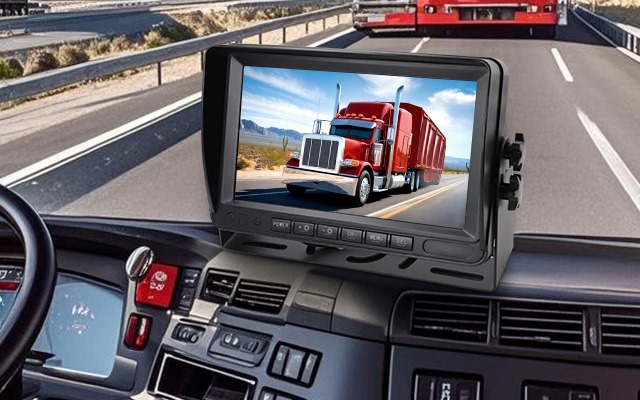 Testing Standards and Quality Assurance
Testing Standards and Quality Assurance
To guarantee long-term reliability, TFT LCD car monitors undergo rigorous testing before deployment in security vehicles. Manufacturers conduct accelerated aging tests, thermal cycling tests, and vibration simulations to evaluate endurance under extreme operational conditions. These evaluations help identify potential weak points and refine the design for enhanced stability.
International standards such as ISO 16750 and MIL-STD-810 provide benchmarks for environmental resilience. Complying with these standards ensures that monitors can operate safely in military, law enforcement, and emergency response vehicles. In addition, quality assurance extends to continuous production monitoring, ensuring that every unit maintains consistent durability across batches.
By maintaining strict testing protocols, manufacturers can deliver TFT LCD monitors that perform reliably in all climates and terrains—reinforcing the trust placed in them by security professionals.
Future Directions: Toward Smarter, More Resilient Displays
The future of TFT LCD car monitors lies in merging environmental durability with intelligent adaptability. Innovations such as self-heating circuits for cold climates, nano-coatings for improved heat dissipation, and flexible mounting architectures are already reshaping how automotive displays operate. Moreover, emerging micro-LED and OLED hybrid technologies may further enhance contrast and response speed while maintaining mechanical toughness.
As security vehicle systems grow more autonomous, display modules will likely incorporate AI-driven self-calibration features that adjust brightness, temperature, and vibration compensation in real time. Such advancements will minimize human error and further strengthen the operational stability of surveillance systems.
Conclusion: Building Reliability Through Resistance
Temperature and vibration resistance define the reliability of TFT LCD car monitors in security vehicles. These displays serve as the eyes of modern surveillance systems, where durability and precision are equally important. Through advanced material engineering, adaptive thermal management, and shock-resistant design, manufacturers continue to push the boundaries of performance.
In the field, stable visualization can mean the difference between operational success and failure. Therefore, investing in robust TFT LCD car monitors not only ensures consistent performance under extreme conditions but also reinforces the safety, efficiency, and technological edge of modern security vehicles.
Ultimately, the fusion of resilience, intelligence, and innovation sets the foundation for the next generation of automotive display systems—designed to thrive where ordinary screens cannot.



